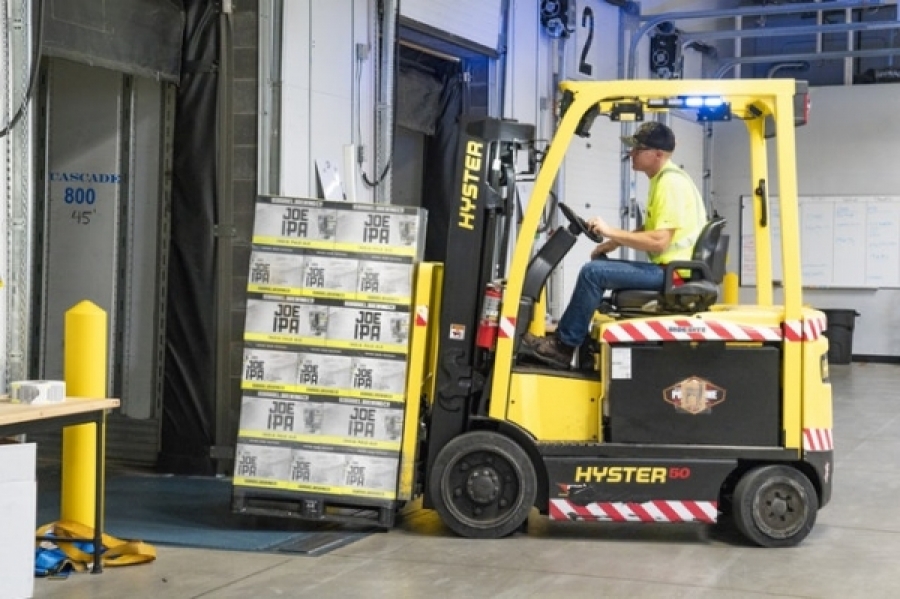Worn out tires put about 15% to 18% more stress on the forklift machine than usual, just because the tire is smaller or because it has spots that cause extra bumping and jolting while driving. To avoid causing permanent, long-term damage to your forklift, make sure your tires are in the best condition possible and that you do not go too long without replacing old tires.
However, since most of the wear on heavy-duty forklift tires is gradual and happens over time, it is hard to know when exactly the tires need to be replaced. Fortunately, there are some things you can check on a monthly basis to understand when it is time to replace them. Follow these guidelines for proper forklift tire maintenance.
Diameter Measurements
As a general rule of thumb, any time a forklift tire's diameter decreases by 1.5 inches for cushion tires or 2 inches for solid pneumatic or resilient tires, it should be replaced. Usually, the original width is printed directly on the outside of the casing, so all you have to do is measure from one side to the next across the center to see how much the diameter size has decreased over time.
Noticeable Shock Transfer
If a forklift operator notices an increase in the shock transfer from the tires to his cabin or the load the forklift is carrying, it's time to take a look at the tires and possibly replace them. One of the main jobs of the tires is to keep the forklift's load safe from shock in transport, so if the shock transfer is causing damage, something needs to be done.
General Wear
If you notice the tread on the tires wearing thin, it's time to replace them. Most often, the middle of the tire will start to look bald with a little bit of tread still visible on the outside edges. In addition to the tire being smaller than it should, the tire loses traction, increasing the danger of workplace accidents.
Other Visible Signs
Visible damage signs like chunks of rubber falling off, tears in the rubber, or flat spots indicate the need for new tires as well. In these instances, the tires ought to be replaced as soon as possible.
For Pneumatic Tires
On pneumatic tires, you also have to make sure that inflation levels are stabilized. If you notice serial under inflation, it can cause too much pressure on the tire and machine, but serial over inflation causes the tires to lose traction. Proper inflation plays a vital role in the upkeep of forklift tires.
One important tip to remember is to only purchase forklift wheels and tires from reputable companies with a proven track record. It is best to purchase them in the US, and not import cheaper, lower quality units. There are even US companies, like Forklift Tire Company that provide free shipping in the contiguous US, as long as the shipping address is a commercial address.
The great mystery behind the wear and tear of forklift tires is that no four tires will wear out at an even rate. It might be frustrating, but this makes it all the more important to keep a monthly check on your forklift tires by doing measurements and checking for signs of damage. By continually checking for damage and keeping up with maintenance, workplace accidents involving forklifts can also be reduced.








